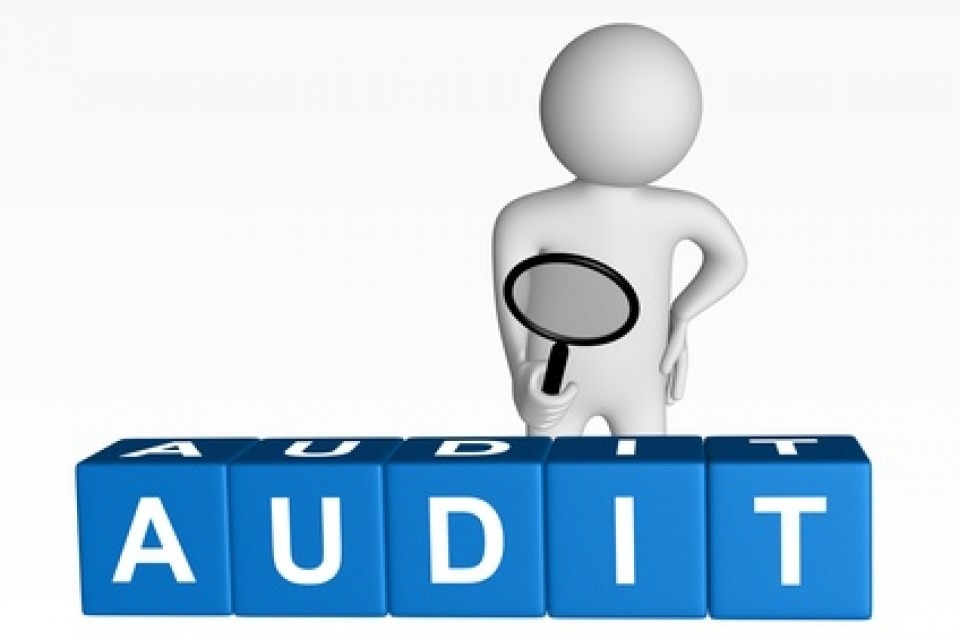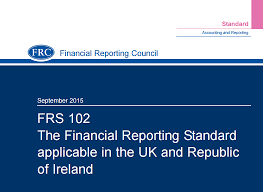
by John McCarthy Consulting Ltd. | Jul 25, 2017 | News
For more on FRS 102 (including the new Section 1A for ‘small’ entities) and the proposed changes in FRED 67 come to our next series of CPD courses in the Talbot Hotel, Stillorgan, County Dublin starting on Monday 27 November 2017. Other courses are also available at Ticket Tailor here.
In its first review since 2013 of the new Irish GAAP, the Financial Reporting Council (FRC) has proposed changes to reporting of investment property, the definition of financial instruments and the treatment of directors’ loans.
It seems hard to believe that FRS 102, the latest version of which is September 2015, was originally published in March 2013. Meanwhile four years later, in March 2017, the FRC published Financial Reporting Exposure Draft 67 (FRED 67), setting out changes to the standard as a result of its first triennial review. FRED 67 contains some significant changes which are expected to become effective from 1 January 2019.
In this first of a two-part blog, we look at one of the main areas most likely to affect our readers.
Investment property
At present, FRS 102 requires that investment property should be measured at fair value through profit or loss, unless obtaining a reliable fair value on an ongoing basis would amount to ‘undue cost or effort’ (interpreted as only rarely applying, where it is practically impossible to locate a valuer), in which case it can be measured at cost. However, this provision has not always been applied correctly in practice.
The exposure draft states that entities may be treating the ‘undue cost or effort’ option as a free accounting policy choice and states clearly that this is not the case. FRED 67 suggests removing the ‘undue cost or effort’ exception entirely, meaning that investment property will always, with one exception, need to be held at fair value. The exception is for property let out to another group member, where the FRED introduces an accounting policy choice between cost/fair value.
Where investment property is partly let out to a group member and partly let out to an external party, the property will need to be split between the two and the externally let portion must be shown at fair value.
The proposals mean that the requirements for investment property accounting will become tougher than they are at present, while there is some welcome relaxation of the requirements in group situations.
Other proposals relate to financial instruments, intangible assets and small entity directors’ loans. We will cover these in another a blog very soon.
It is expected that the updated version of FRS 102 will be published in late 2017 in time for use for accounting periods commencing on/after 1 January 2019, with early adoption expected to be allowed for accounting periods commencing on/after 1 January 2018.
Exposure draft FRED 67
For a copy of the 142-page exposure draft go to this link FRED 67, Draft amendments to FRS 102 Financial Reporting Standard applicable in the UK and Republic of Ireland, Triennial review 2017.
For more on FRS 102 (including the new Section 1A for ‘small’ entities) and the proposed changes in FRED 67 come to our next series of CPD courses in the Talbot Hotel, Stillorgan, County Dublin starting on Monday 27 November 2017. Other courses are also available at Ticket Tailor here.

by John McCarthy Consulting Ltd. | Nov 10, 2016 | News
The audit of the first financial statements prepared under FRS 102 is already complete, in some cases, and for the remainder, will be well under way in the near future. The standard was first published in March 2013, over 42 months ago, but took some time to bed down. It would be easy for complacency to set in, as it seems it has been around for a while. However, auditors cannot afford to be complacent on this topic.
One of the single most important requirements from the audit perspective is that the audit team will need to have a good understanding of the new FRS 102 rules under which the financial information is prepared and the requirements for that information to be audited.
In the last ten years, many of the recently qualified auditors and accounting graduates have only trained under the International FRS framework.
It may sound silly, but FRS 102 is not the same as IFRS! It is a hybrid of old Irish GAAP and IFRS and a dangerous hybrid at that.
Good audit planning and preparation for FRS 102 is central to both achieving a good technical and efficient audit file.
The main audit issues that may arise on carrying out an audit under FRS 102 could include:
Provision of Non-audit services
Some entities will require a lot of hand-holding with the process of transition including the provision of accountancy, tax and valuation services. Tax and valuation services are often ‘farmed’ out elsewhere, so are probably less of an independence threat.
The provision of accountancy services, especially, presents both self-review and management threats. There is a significant risk that FRS 102 will increase both of these threats. Safeguards will need to be implemented and well documented by the audit team.
Taxation services
FRS 102 requires fair value re-measurement differences to pass through profit and loss. Tax issues can often be more complex under the new Irish GAAP and audit personnel will need a good understanding of the taxation rules.
Valuation of fixed assets
This is potentially the most troubling area for auditors. Old Irish GAAP is largely based on historical cost accounting, with many assets measured at cost less impairment. FRS 102 demands much greater use of fair values and now makes the use of fair value mandatory in some areas.
The learning curve for the audit team
It may take a considerable amount of time for financial statement preparers to fully understand the requirements of the new standard and the relevant implications.
Some of the implications are only becoming apparent now, over three and a half years since FRS 102 was first published!
The audit plan should assess the risk that those who prepared the accounts may not have a complete understanding of the new accounting and disclosure rules.

by John McCarthy Consulting Ltd. | Nov 1, 2016 | News
In this second article on transition, we consider some practical tips for applying the requirements of Section 35 (the transition section) of FRS 102.
The Financial Reporting Council issued a report called the Annual Review of Corporate Reporting 2015/2016 on 21 October 2016 encouraging smaller entities to ‘start their planning as soon as possible in order to ensure they are prepared for a smooth transition’.
The FRC stated that ‘small entities will also be applying FRS102 for the first time from 1 January 2016, which may pose some challenges for preparers, but should improve reporting in certain areas, as well as offering opportunities to reconsider the necessary disclosures. Anecdotal evidence suggests that some of the larger private companies applying FRS 102 from 1 January 2015 could have started their planning for transition earlier; any entities yet to transition to new standards should start their planning as soon as possible to ensure they are prepared for a smooth transition.’
Here are some of the issues that may need close attention during the transition phase:
Dormant companies – make any changes before transition date
If any changes are planned that will affect the balances in dormant companies’ financial statements, it may be beneficial to make the changes before the date of transition. This should ensure that the company can take advantage of the exemption from restating its accounting policies.
Establish fair values at the appropriate time
Although it will often be possible to obtain fair values later, it will involve more effort and research than if the valuations are done as close as possible to the date to be reflected in the valuation.
Early identification of financial instruments
Make sure that contracts and agreements are reviewed to identify all financial instruments within your business at the earliest possible stage, including contracts such as derivatives that may not have previously been recognised on the balance sheet.
Some accounting options will be available only when the necessary steps have been taken by the transition date. Fair values are used extensively in the measurement of certain financial instruments (e.g. investment properties) and this information is gathered more easily at the time of transition than afterwards.
Keep contract terms basic wherever possible
Make sure all staff with responsibilities for negotiating contracts on behalf of the organisation, from sales and trade purchases to financing arrangements, are aware of the potential pitfalls associated with any unusual contract terms. It may be helpful to draw up a list of issues that need consideration or ensure prior approval before contracts are completed.
Modification of loan arrangements
When bank loans have been renegotiated under substantially different terms prior to the transition date, but there has not been a process of derecognizing the old liability and recognising a new one, the entity may apply the exemption in Section 35 to retain this treatment on transition.
However, this exemption does not apply if these renegotiations take place after the transition date, that is after 1 January 2015 for a calendar-year company. In such instances the comparative balance sheet will need restated.
Amortisation of intangible assets
When intangibles have previously been tested for impairment and not amortised, a remaining useful life will need to be established at the transition date. When the total estimated useful life of the intangible is estimated to be more than five years, reliable back-up evidence will be required to support the estimated total useful life and the remaining useful life at transition. This would often be available in the form of cash flow projections.
Translation of goodwill and fair value adjustments at closing rate
FRS 102 requires goodwill and fair value adjustments to be translated at the closing rate. This may differ from the current treatment as current Irish GAAP does not specify the rate to be used and therefore many entities have translated goodwill and fair value adjustments at the rate ruling at acquisition.








